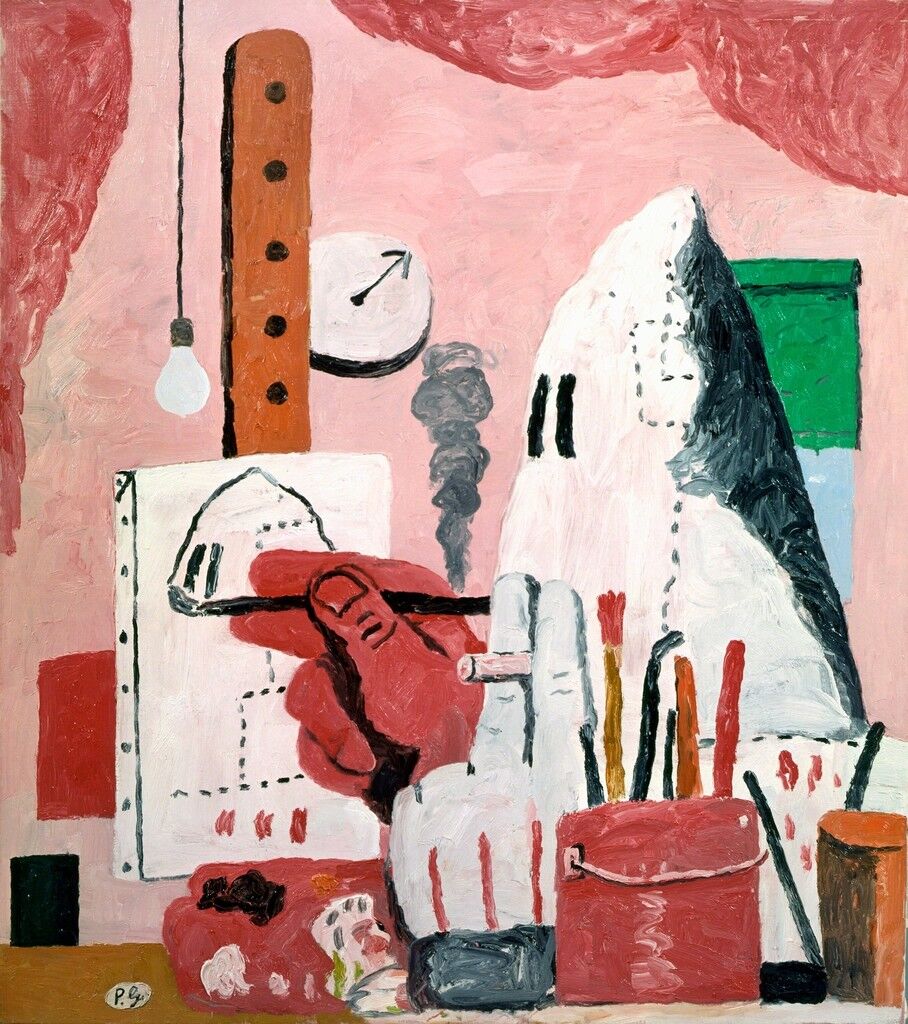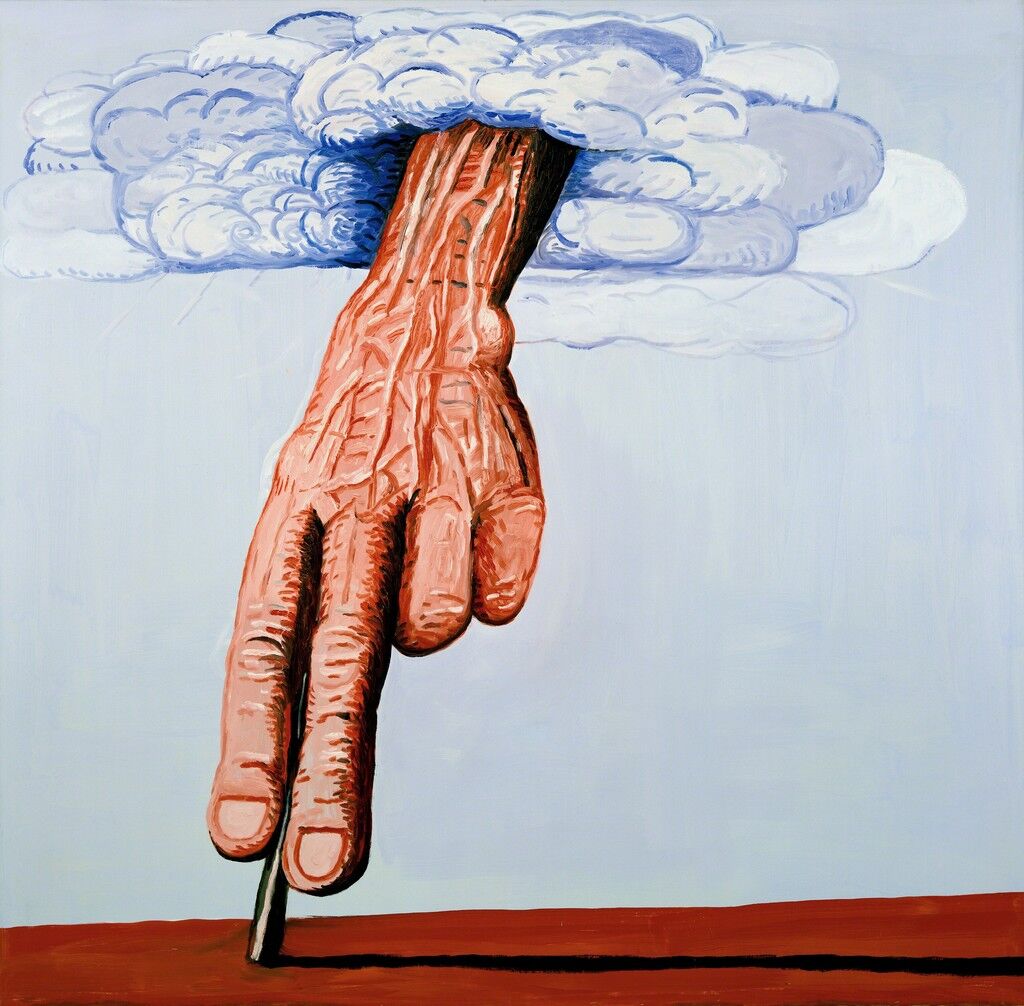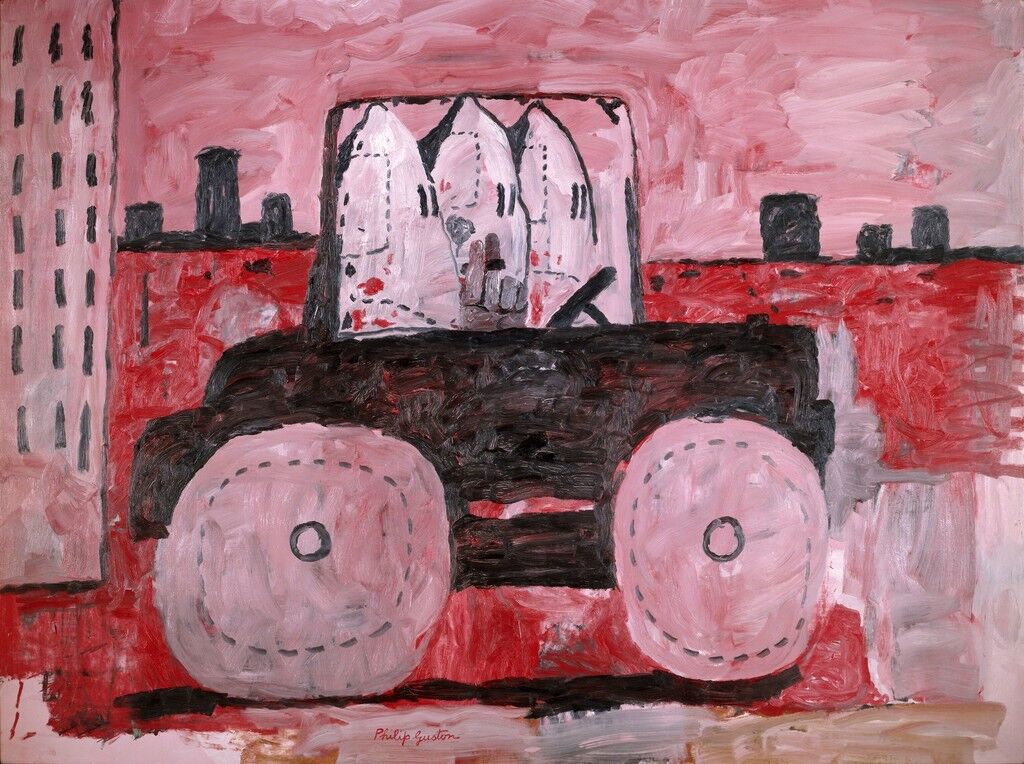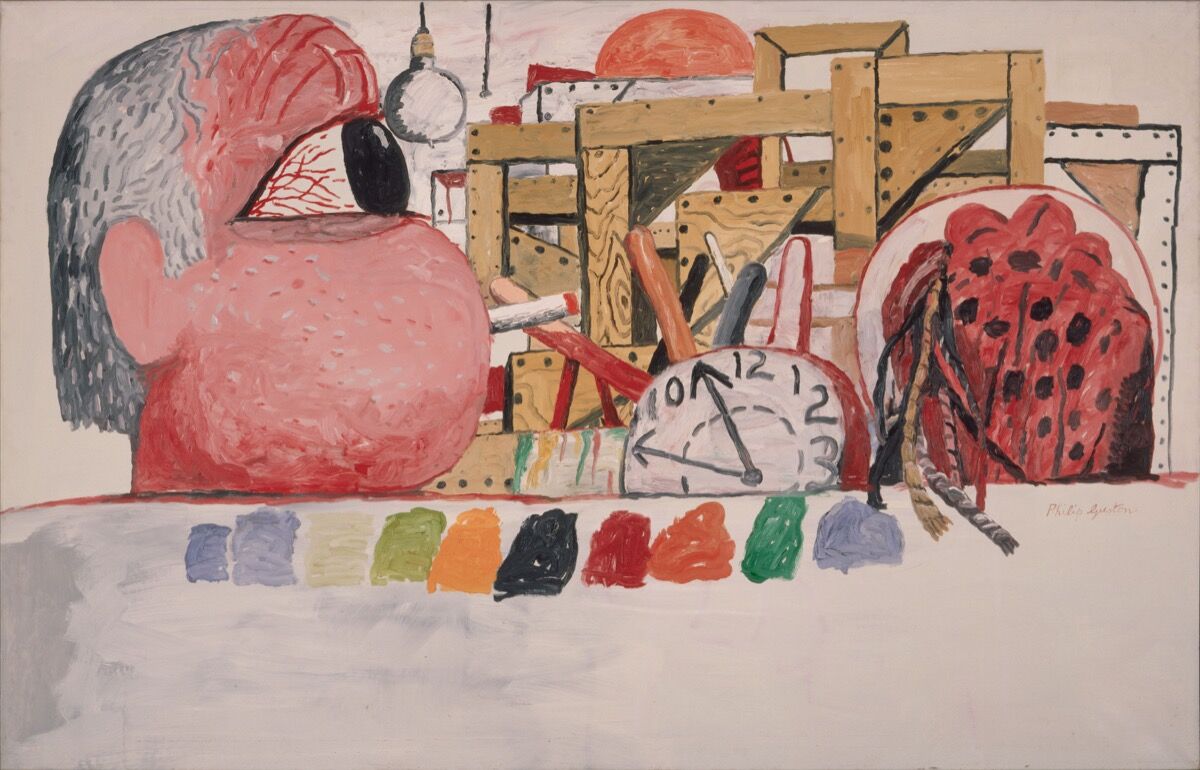Clement Greenberg was arguably the most influential American art critic of the second half of the twentieth century. Greenberg explained his concept of formalism--arguably what he is most famous for apart from being the primary champion of Jackson Pollock--in his 1960 essay “Modernist Painting.”
Greenberg argued that the “rationale” of modernist painting--like all the modernist arts (and in this thinking he was inspired by the writings of Immanuel Kant)--was to employ its own methods to criticize itself. Such criticism was done not, Greenberg explained, “in order [for the medium to] subvert [itself], but to entrench it more firmly in its area of competence.” For painting, according to Greenberg, this meant two things. First was a purification of painting of the effects of any other artistic mediums, but sculpture, theater, and literature primarily. Accordingly, for Greenberg, painting could not be three-dimensional, which was the domain of sculpture; it could not be representational, which was the domain of literature; and it could not generate dramatic effects outside its material, which was the domain of theater.
The second aspect of painting’s critique of itself was a stress on the limitations that constitute the medium of painting. These limitations consisted of three things: the rectangular shape of the supports, the properties of pigment, and the flat surface of the support. The flatness of the support was the most important limitation modernism could critique, according to Greenberg, for flatness was unique to the medium of painting. (The “enclosing” shape of the supports, in contrast, was shared with theater, and color was shared with sculpture and theater, Greenberg explained.) In this way, according to Greenberg, historically “realistic, illusionist art had dissembled the medium, using art to conceal art. Modernism [starting with Manet] used art to call attention to art.”
Consequently Greenberg considered political art irrelevant to and irreconcilable with avant-garde practice, and thus a kind of retrograde art that was aesthetically inferior. In a 1969 interview, during an intense period of debate about the war and artists’ rights, he declared that the role of the artist was to make good art, and social awareness had not “worked” to make good art in the last hundred years or so. For him, art “solve[d] nothing, either for the artist himself or for those who receive his art.” If given the chance, Greenberg probably would have also echoed Arshile Gorky’s sentiments about political work, that it was “poor art for poor people.”
Though Greenberg was the most influential advocate of formalism, as the 1960s progressed he was not its only champion. There was a climate of taste and opinion that aligned itself with Greenberg’s approach to art criticism and art history, not least because formalism offered an attractive, sophisticated, aesthetic, intellectual approach that had not previously existed in American art-writing. Within this milieu were two influential younger critics, Michael Fried and Rosalind Krauss, who were particularly important to the extension of Greenberg’s influence. (For this reason, Hilton Kramer, among others, has called Krauss and Fried--and Barbara Rose, although “less so”-- the “School of Greenberg.”) During the late 1960s Krauss and Fried were primarily writing for Artforum, which had become a major arbiter of taste in the American art world, and whose editor in chief, Philip Leider, gave both of them--but especially Fried--principal placement in the magazine. (As testament to Leider’s confidence in Fried, Leider devoted an entire 1969 issue to Fried’s doctoral dissertation on Manet’s sources.)
Greenberg’s influence did not truly start to fade until the early 1970s, when his acolytes began to rebel against formalism and his longtime opponents were increasingly able to have their opinions heard. Greenberg’s theories were principally criticized for being too dogmatic (especially in an environment where post-structuralist theory was making major inroads); unrelated to an artists’ work; and generally inconsistent. A common grievance was his vague definition of “quality,” which was a concept central to his evaluation of artworks. Others felt that political and social issues of the time unavoidably affected art, and consequently, that formalism was no longer tenable. Still others broke with him in the late 1960s after his controversial decision to let paint weather off some of the sculptures of David Smith (of whose estate Greenberg was made a trustee in 1965). Since Greenberg had unsuccessfully tried to persuade Smith to leave his work unpainted during his lifetime, this move was condemned as crowning evidence of Greenberg’s often-noted arrogance and his feeling of superiority over the artists and art about which he wrote.
(Excerpted from my forthcoming book on American Art and the Vietnam War, Kill for Peace.)














































